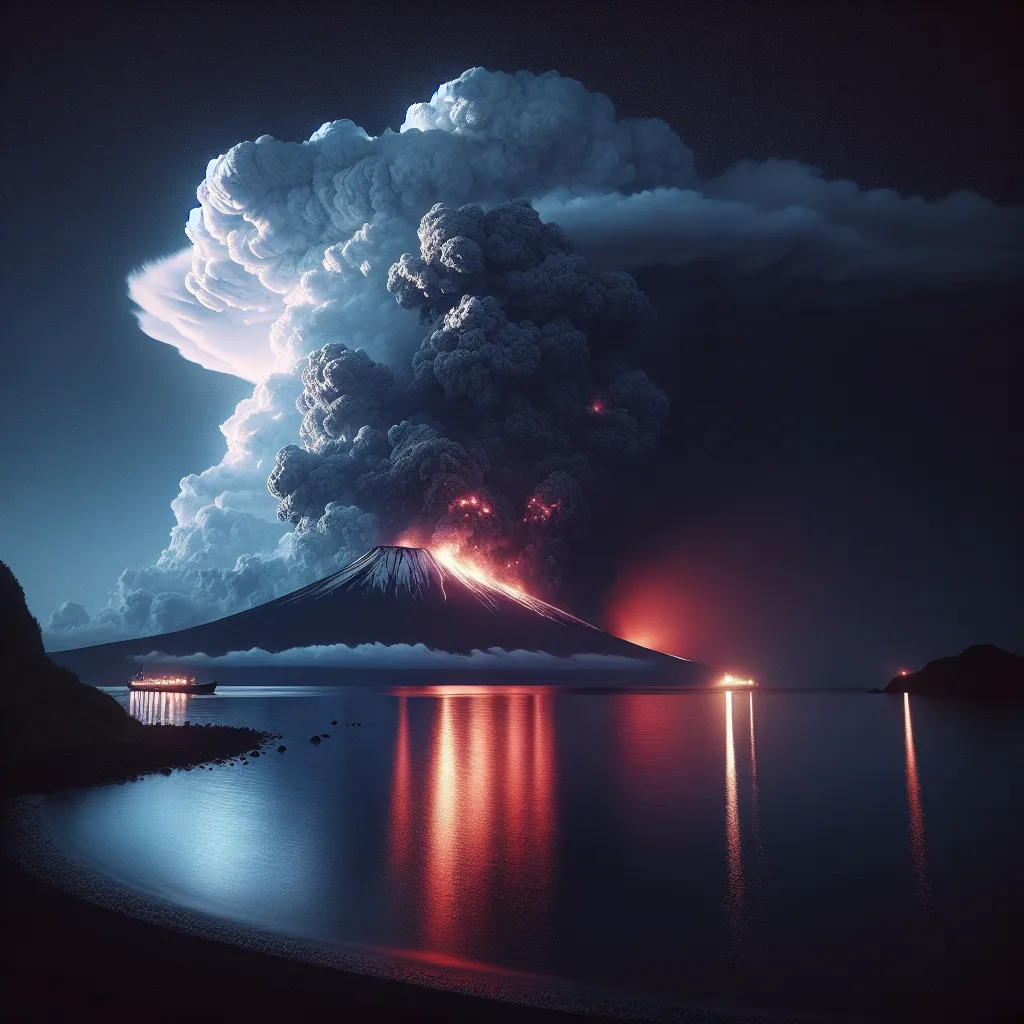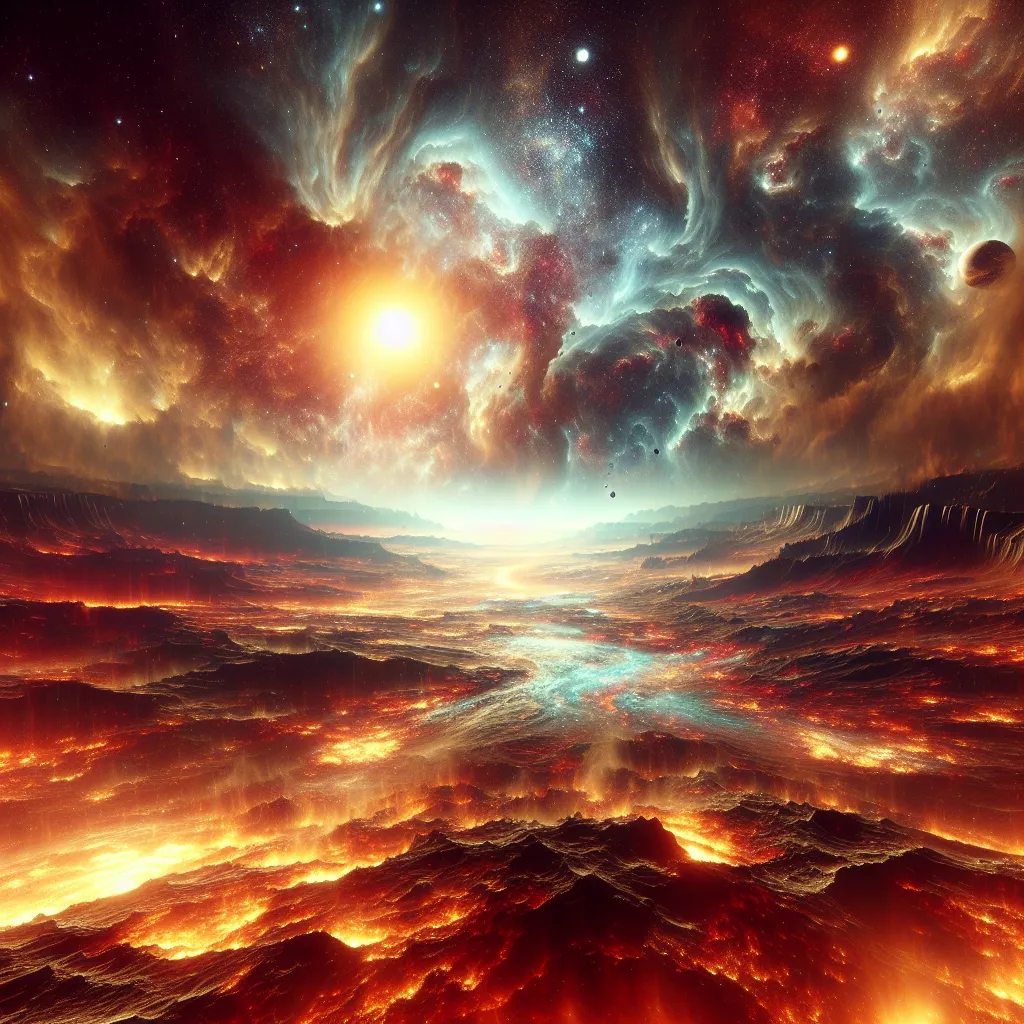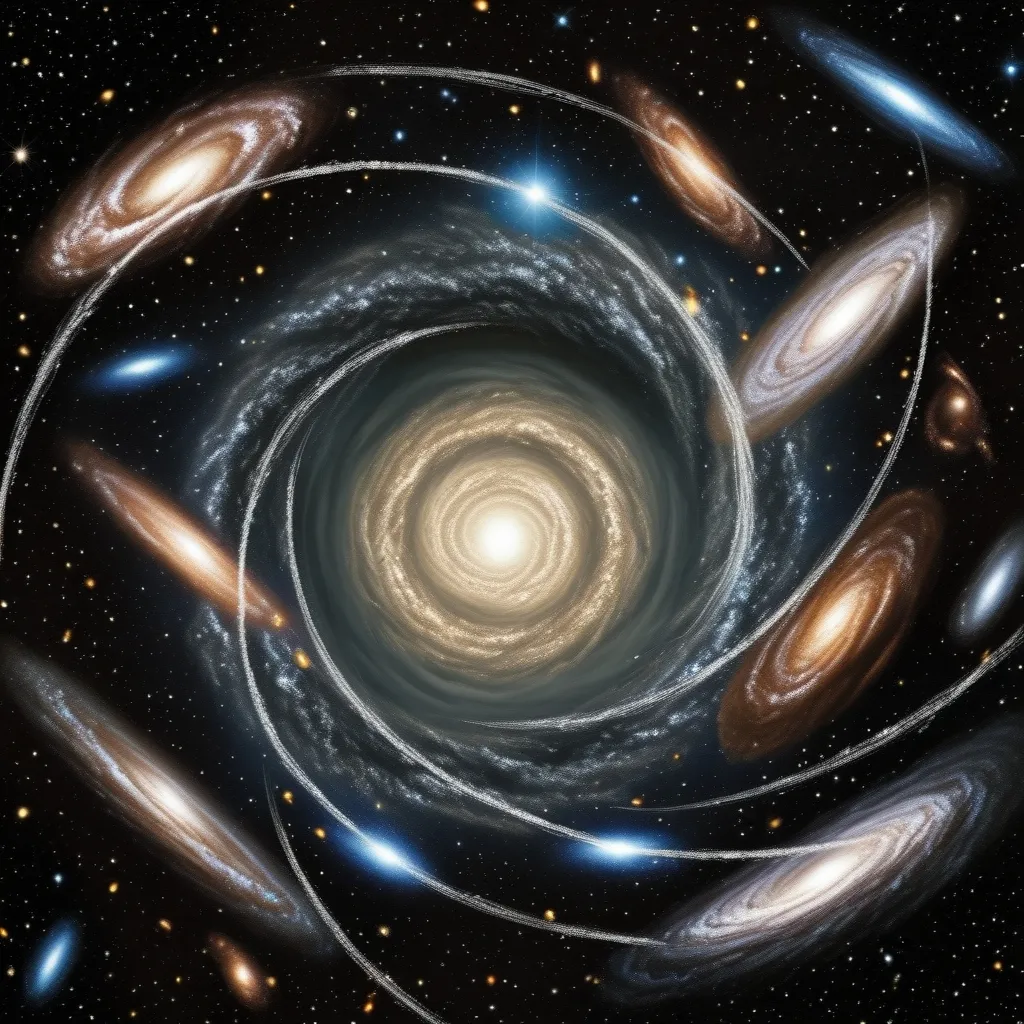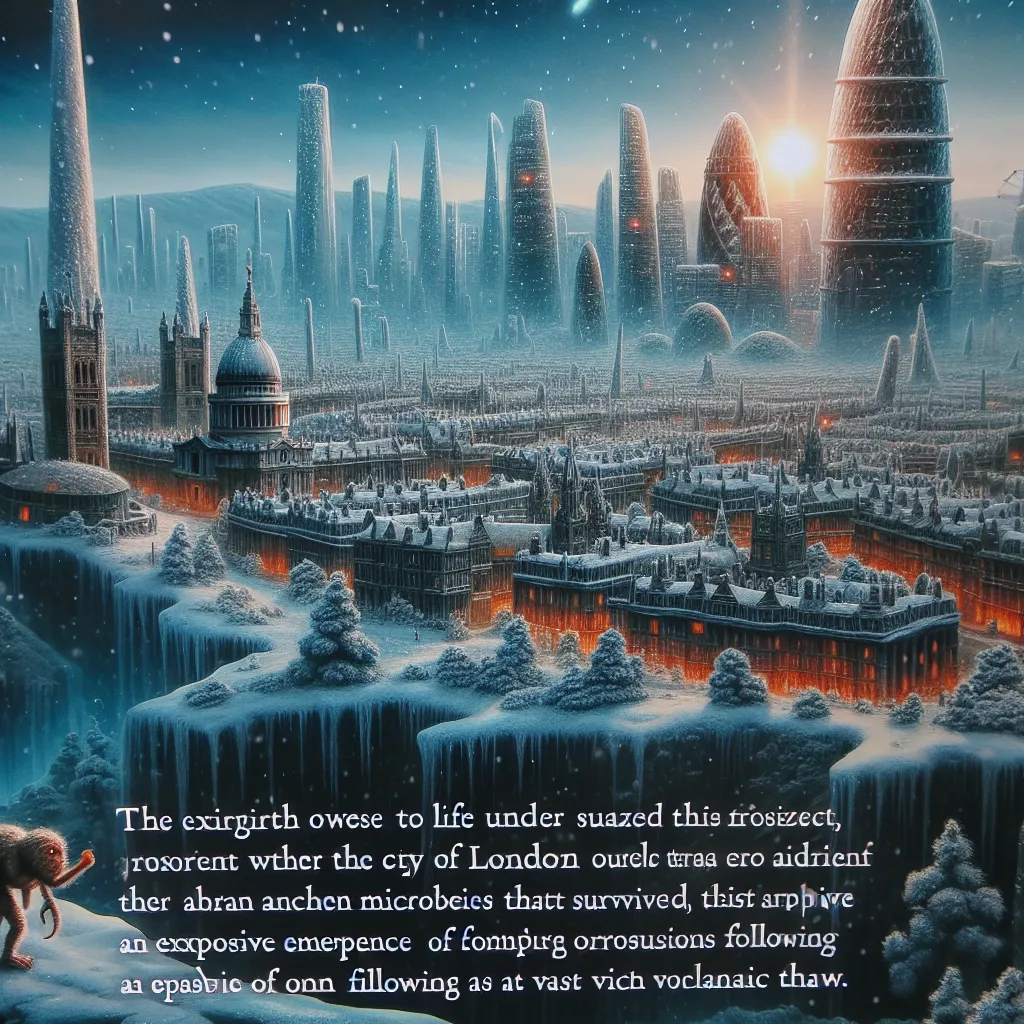As the controller of Kim Bang, one of my key responsibilities was to report any significant tremors to my bosses in Batavia. But in May 1883, I had no idea where a sudden, violent tremor had come from or what had caused it. Little did I know that 23 miles out to sea, intense geological forces had started brewing.
Just before midnight on the 9th of May 1883, pressure building beneath the Earth’s crust broke through a weak spot right under Krakatoa. As magma moved up, it split the crust, causing a huge tremor. This event marked the first sign of the catastrophic eruption that would follow.
The lighthouse keeper at Fourth Point Lighthouse noticed the sea go unnaturally still. What he witnessed was magma breaking through rock deep below, creating earthquakes. These seismic waves traveled through the water, causing a momentary freeze — a phenomenon similar to underwater explosions. It was an eerie preview of the impending catastrophe.
Krakatoa had been dormant for 200 years. In the early 1800s, it was a Dutch penal colony and served as a naval outpost. By 1883, it was uninhabited except for fishermen who used its waters and jungle for their livelihood. But all this was about to change drastically.
Eleven days after the initial tremor, on the morning of May 20th, Krakatoa erupted violently. People on a dozen ships in the Sunda Strait, including Captain Linderman on the Governor General Loudon, witnessed the eruption. The shockwaves were felt miles away in Kim Bang and even 83 miles away in Batavia. Dr. Vander Stock, in his observatory, detected the air blast from the explosion using his sensitive instruments.
Dr. Vander Stock analyzed the vibrations and concluded that they were airborne, not from an earthquake. He speculated that a volcanic eruption was underway almost 100 miles away. The scale of the devastation was beyond his predictions.
Capturing the moment, Captain Linderman’s log describes the eruption on May 20th. A white cumulus cloud rose rapidly from Krakatoa, reaching an altitude of 11,000 meters in just 30 minutes and spreading like an umbrella due to the westerly winds. This eruption was just the beginning.
Krakatoa had truly awakened from its long slumber, setting the stage for an even more catastrophic event yet to come.






